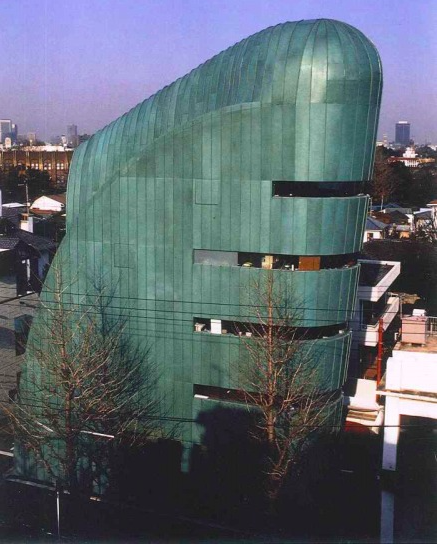The Business of Art
For many artists, the creative process is an intimate, almost meditative experience. They often lose themselves in their work, driven by a passion to express what lies deep within their imagination. This introverted nature, which helps an artist tap into a unique vision, can also lead to tunnel vision. Artists can become obsessive about perfecting their craft while ignoring the practicalities of turning art into a sustainable livelihood. Unfortunately, this mindset often creates a significant stumbling block when it comes to the business side of art.
Negotiating contracts, securing gallery exhibitions, pricing pieces, or managing commissions feels like a foreign world to the artist. Many would much rather spend their days immersed in creation rather than sitting in business meetings or sending emails to galleries. The idea of turning their deeply personal work into a “product” or commodity can feel like selling out, making them resist engaging with the realities of the art market.
However, the pitfalls of this resistance are numerous. Without engaging in the business aspects, artists risk being underpaid, misrepresented, or completely overlooked by potential buyers or curators. Art needs an audience to thrive, and without the proper channels for promotion, even the most brilliant work may remain unseen. In today's competitive market, artists must either learn to manage these aspects themselves or partner with a professional, such as a PR agent or gallery manager, who can handle the details.
Approaching art as a business does not mean sacrificing artistic integrity; rather, it’s about ensuring that one’s art is seen, appreciated, and properly compensated. By developing a more strategic mindset, artists can gain greater control over their careers. This might involve setting prices that reflect the true value of their time and talent, networking with gallery owners and collectors, and negotiating contracts that protect their rights. For those who find the business side too overwhelming, hiring a PR agent or manager might be the best solution. These professionals can help bridge the gap, allowing artists to focus on what they do best while ensuring their work reaches its intended audience. This decision will come with a price tag, as many PR firms will take a cut of the artists sold work. Additionally, this is also common practice for the art gallery to take a percentage of work sold, this is the payment to the gallery for artwork/artist being shown.
In the end, understanding the business side of art is not just about making money—it's about longevity. Artists who embrace this dual role of creator and entrepreneur are more likely to succeed, achieving the freedom to continue creating on their own terms.
